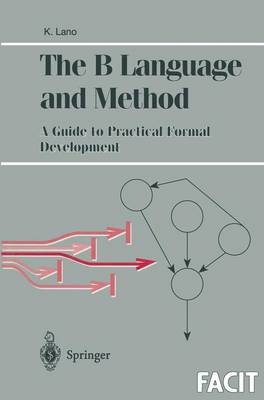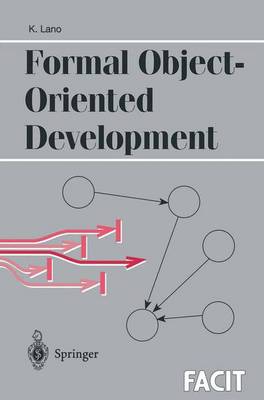Formal Approaches to Computing and Information Technology (FACIT)
2 total works
B is one of the few formal methods which has robust, commercially-available tool support for the entire development lifecycle from specification through to code generation. This volume provides a comprehensive introduction to the B Abstract Machine Notation, and to how it can be used to support formal specification and development of high integrity systems. A strong emphasis is placed on the use of B in the context of existing software development methods, including object-oriented analysis and design. The text includes a large number of worked examples, graduated exercises in B AMN specification and development (all of which have been class-tested), two extended case studies of the development process, and an appendix of proof techniques suitable for B. Based on material which has been used to teach B at postgraduate and undergraduate level, this volume will provide invaluable reading a wide range of people, including students, project technical managers and workers, and researchers with an interest in methods integration and B semantics.
Formal Object-Oriented Development provides a comprehensive overview of the use of formal object-oriented methods; it covers how and where they should be introduced into the development process, how they can be introduced selectively for critical parts of an application, and how to incorporate them effectively into existing deveopmental practices.
The text is extensively illustrated, both with tutorial and self-assessment excercises and with examples of industrial applications from the reactive systems domain. This book will be of interest to academic and industrial researchers, software engineering practitioners and consultants, and will also provide invaluable reading material for students learning Z++ and VDM++.
The text is extensively illustrated, both with tutorial and self-assessment excercises and with examples of industrial applications from the reactive systems domain. This book will be of interest to academic and industrial researchers, software engineering practitioners and consultants, and will also provide invaluable reading material for students learning Z++ and VDM++.

